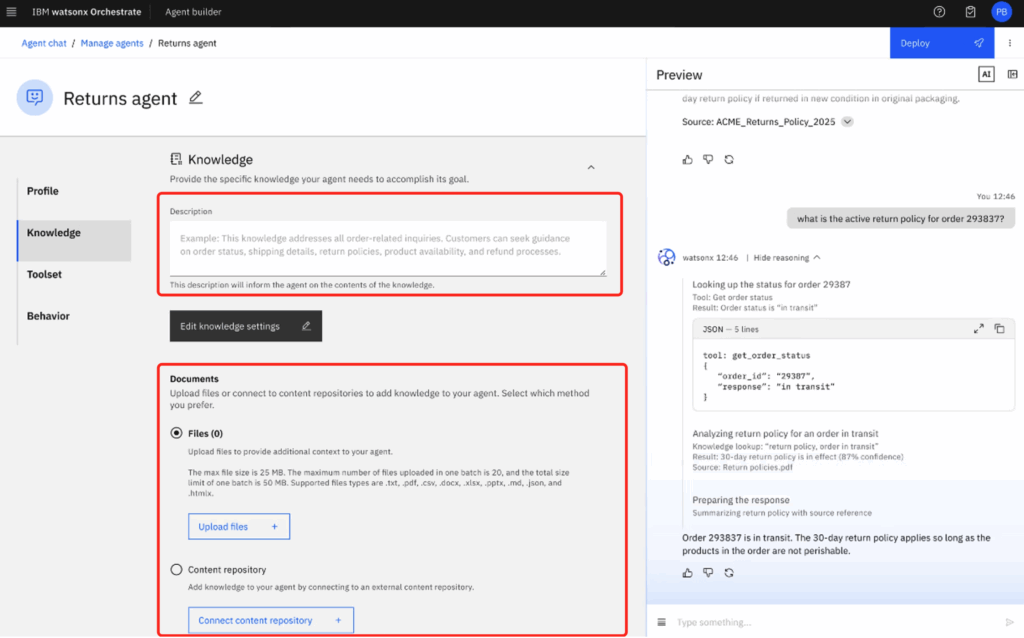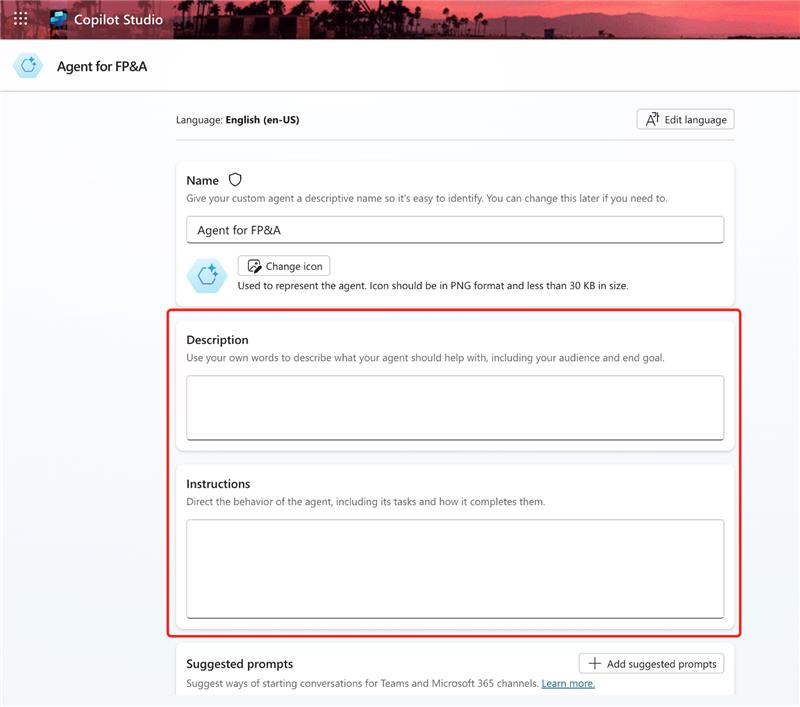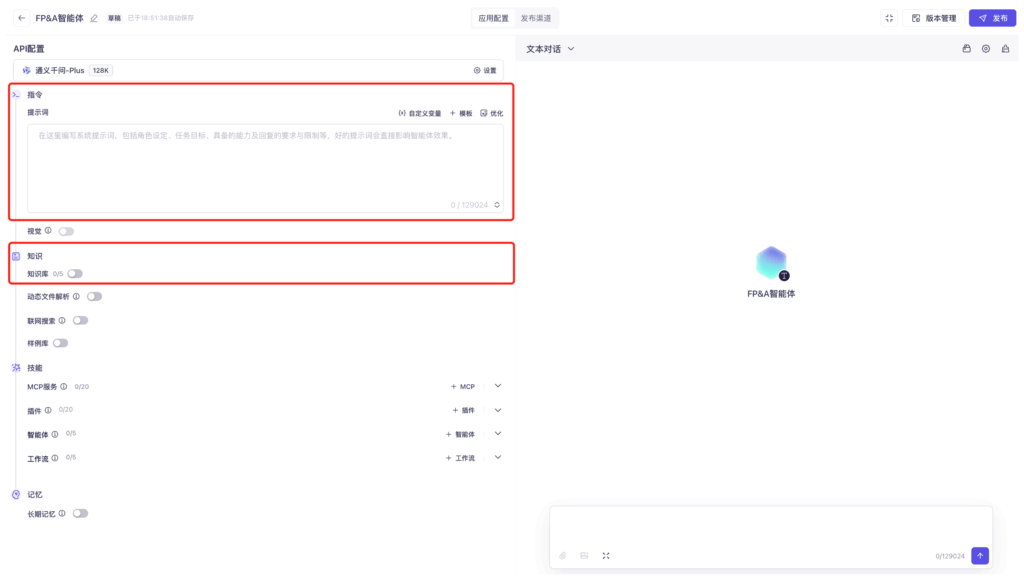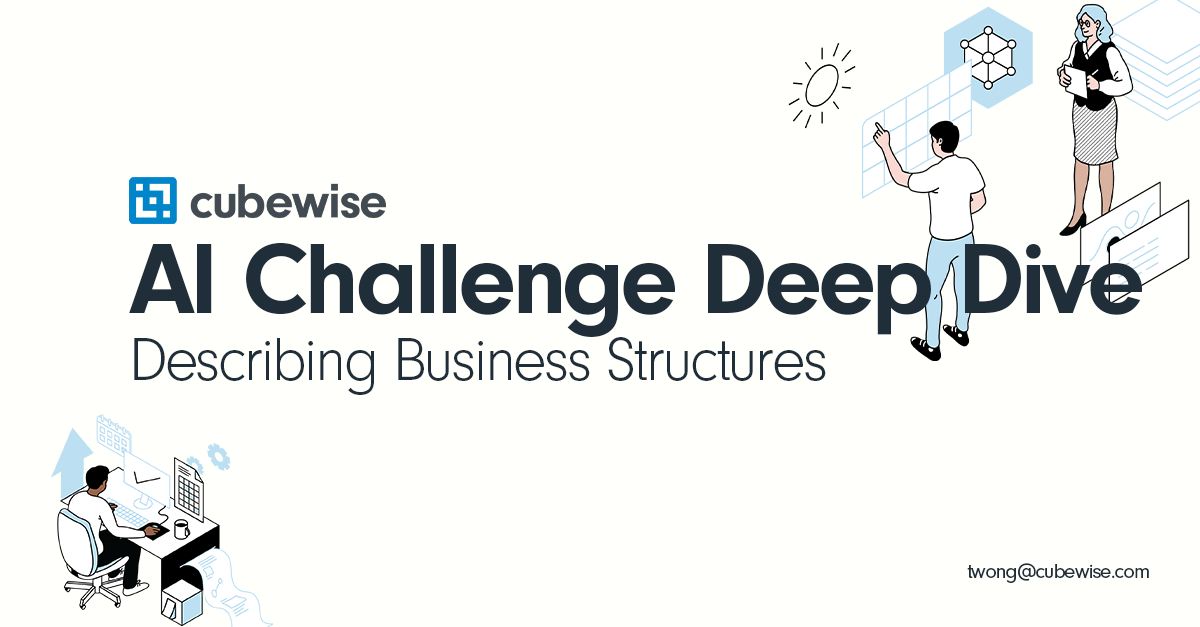AI Challenge Deep Dive – Explaining Business Structures
By Tat Seng Wong
Following up my previous article discussing the challenges on AI implementation in FP&A, I have some enquiries asking me to provide more insight about some of the challenges, especially on explaining business structures.
Although there are other more technical ways of handling this requirement, like using RAG, LoRA, Knowledge Graph, etc; but for users from FP&A space, maybe let’s not dive to seabed level, but anyone who’s really interested knowing some of those terms, welcome to check out these links:
RAG: https://www.ibm.com/think/topics/retrieval-augmented-generation
LoRA: https://research.ibm.com/blog/LoRAs-explained
Knowledge Graph: https://www.ibm.com/think/topics/knowledge-graph
So, without using all these technical ways of explaining business structures, how would the FP&A folks explaining business structures to AI in a more “human” way, let me start with some screenshots from different AI platforms:
Watsonx Orchestrate

Copilot Studio

AliCloud Bailian

These are the instructions that you need to provide to AI how to interpret the data from your organization, the relationship between different structures, or even the same structure, the relationship between different component (or elements in TM1 context).
Also need to note that each LLM might behave differently, since they have been trained with different datasets, some of them could be more sensitive to programming context, some of them could be more sensitive to specific language (eg. I feel Qwen and Deepseek are more “being understood” and able to produce better result when the prompts and instructions are written in Chinese, whereas ChatGPT, Claude, Gemini are more “being understood” to English context, some of them could be more sensitive to image generation, etc, but, describing FP&A data, every LLMs still need a little bit of “guiding”, I am not using the terms “training” since I am not training the LLM model technically, although you can technically, but I would guess most of the use case we want to achieve would be avoiding AI training since it is expensive and require a lot of technical knowledge around it, so by “guiding”, you can think of it like an intern who is just graduated from university (might not be even Finance or Accounting major), and just joined your organization, you are giving this intern a tour of your company, and how the data are being prepared and being reported, so that this intern would know how to interpret the data when this intern works on a task of analyzing financial data where it has many relationships with different business structures.
Let’s use Chart of Account as a typical example, what should be included when describing to the AI:
1. Defining the basic structure
Maybe start by describing how many account codes are in the Chart of Account. And then also describe how many hierarchies that the Chart of Account has and their purpose.
2. Describing Account Code format
Account codes would have different naming conventions; this would help AI to navigate the account code and understand the purpose of each account code.
Always provide examples, like 001-1000-200-30-05-001, the first 001 represent Entity, 1000 represent main account, 200 represent sub account, 30 represent cost center, 05 represent product, the last 001 represent custom code for different region.
And then also describe each of the main account, the purpose of them, etc.
3. Defining Hierarchical Relationship
Chart of Account has multiple hierarchies are not something new to typical FP&A, but it could be new or surprise to an AI, since they are probably not realized the real world complexity.
Hierarchies like IFRS, Local GAAP, Statistic Accounts, and the nightmare level CoA change and you need to keep multiple versions of the CoAs at the same time during the parallel run stage, and of course not to mention all the custom structures to describe different purpose of the hierarchies.
All the purpose need to be describe to AI very accurately while not to confuse the AI, since these relationship can looks related, but it is not really related, like just the simple IFRS and Local GAAP, looks the same but treatments are different.
These structures are typically seen on Legal Financial Reporting scenario.
4. Explain Multiple Reporting Structures
So what has describe in #3 is already quite simple, in a typical enterprise business structures, you would involve different reporting structures, for example Reporting Account A is mapped with Account Code 1000-502 with Product 008, and Reporting Account B is mapped with Account Code 4000-201 with Cost Center 45.
This is more related to how the organization manage their business, this could be something like related to Margin Report, Profitability Report, etc, these are knowledge that only people from that specific organization knows, and this part of the information definitely won’t be available in any AI model.
These structures are typically seen on Management Reporting scenario.
5. Explain Aggregation Rules
Now you have structures from #3 and #4, so it is kind of “same same but different”, and numbers need to be aggregated together to form something meaningful, it’s like you would probably won’t be able to get a lot of insight when reviewing transactional report where you probably have thousands of lines.
Even in Microsoft Excel, you probably also need to use a pivot table to sum up the data to something meaningful to the business and therefore you can take decision on these data.
But these “same same but different” problem would make AI (or your intern) extremely confused, so your description need to be very precise so that AI could understand how to add the numbers together to give you something meaningful, this is probably the part anyone, no matter you are technical or business person, would find it very difficult.
The explanation part could goes on and on, you might also need to handle other edge cases, and when you are on an enterprise environment, you are not only dealing with one dimension, but multiple, therefore whoever needs to describe them to an AI would need to be very knowledgeable about the business, very knowledgeable about how users are reading the data, very knowledgeable of prompt engineering, and very knowledgeable on FP&A in general, I am pretty sure there are many smart people out there, however, this would definitely be a whole lot of effort and the best part is, you do not know whether AI (your intern) understand what you are trying to describe and you would need to do many testing to make sure it behaves the way you are expecting.
Hopefully this article will give everyone something to be aware of on how to provide instructions to an AI, and what are things to consider when describing business structures to an AI.
